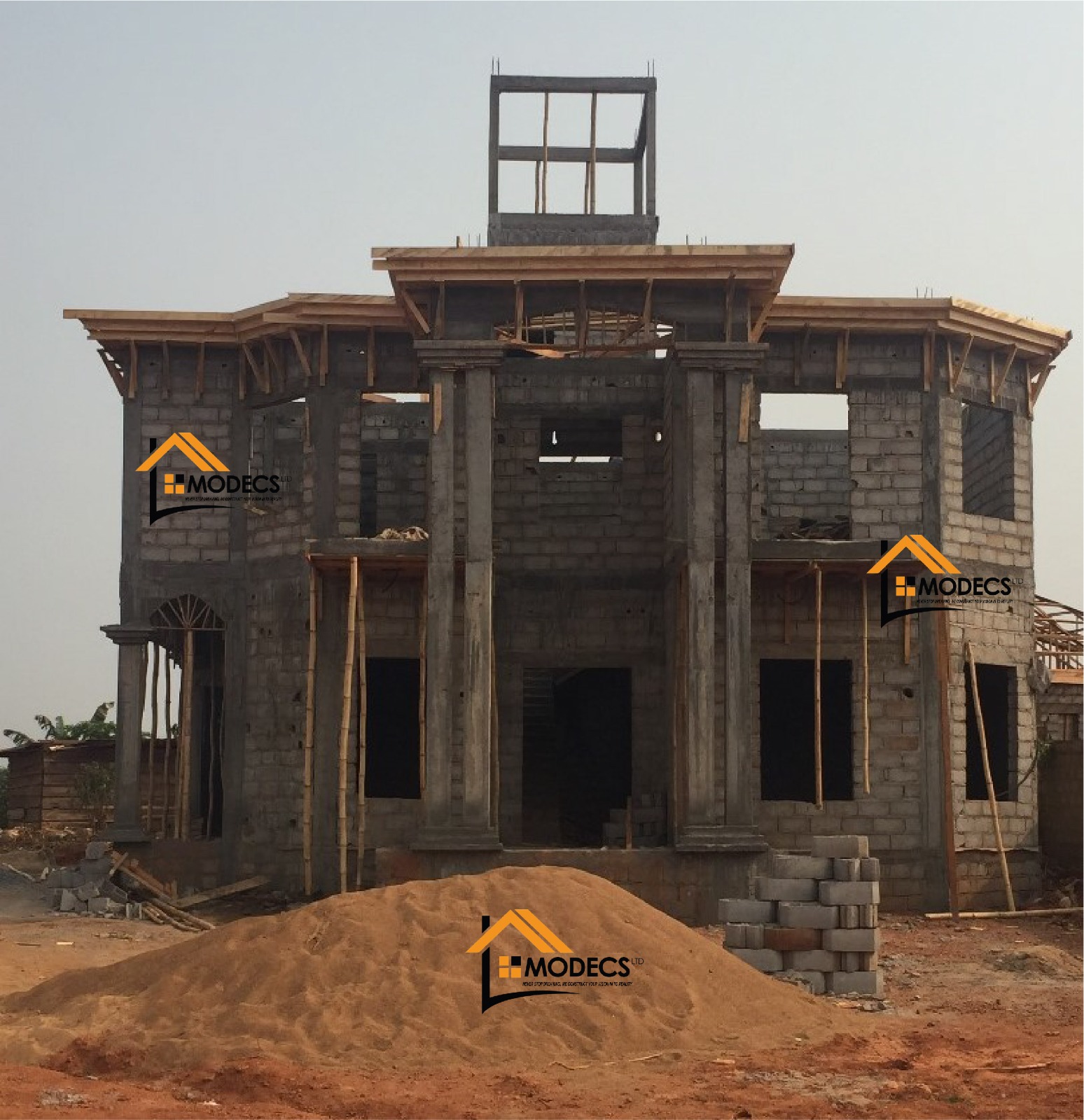Pillars are crucial in construction, providing structural support, distributing weight, and enhancing visual appeal. The load transfer is always from the roof and other parts of the structure to the foundation. It essentially supports everything from home to large buildings. We will share with you some guidance on how you can build strong and durable pillars that won’t crack no matter what.
So, sharing these tips with you will help you avoid costly errors. Foundation pillars are vertical structural elements that transfer the load of the structure to the ground. They play a crucial role in maintaining the stability and integrity of the structure, especially in areas with challenging soil conditions.
Some important aspects of the foundation pillars
- Load transfer: They transfer the load from the structure to the underlying soil or ground.
- Stability; pillars provide stability and resistance against forces like wind and seismic activities.
- Elevation; in areas prone to flooding, pillars elevate the structure above ground level to prevent water damage.
TYPES OF FOUNDATION PILLARS
- Concrete foundation pillars
- Concrete pillars
- Timber pillars
HERE ARE SOME CONSTRUCTION TECHNIQUES
Proper site preparation is very crucial for the successful construction of pillars. This involves clearing the site of vegetation, debris, and any existing structures. After doing this, the ground is leveled and compacted to provide a stable base for pillars.
Let’s get started.
- Excavation; this involves the digging of holes where the pillars will be placed. The depth and width of the excavation depend on the type of foundation and the soil conditions. An accurate excavation ensures the stability and alignment of the pillar.
- Formwork and reinforcement formwork are used to shape the pillars and hold the concrete in place during pouring. it’s typically made of wood, metals, or plastics. Reinforcement, such as steel rebar, is placed within the framework to enhance the strength and durability of the pillars.
- Pouring and curing concrete, concrete is poured into formwork, ensuring that it fills all spaces and covers the reinforcement. After pouring, the concrete must be cured to achieve its full strength. This involves keeping the concrete moist and protected from extreme temperatures for several days. Note that proper curing is essential for strong and durable pillars.
So hope this little guide enables you to know if your technician is doing the right thing.



Share Post
8 Comments